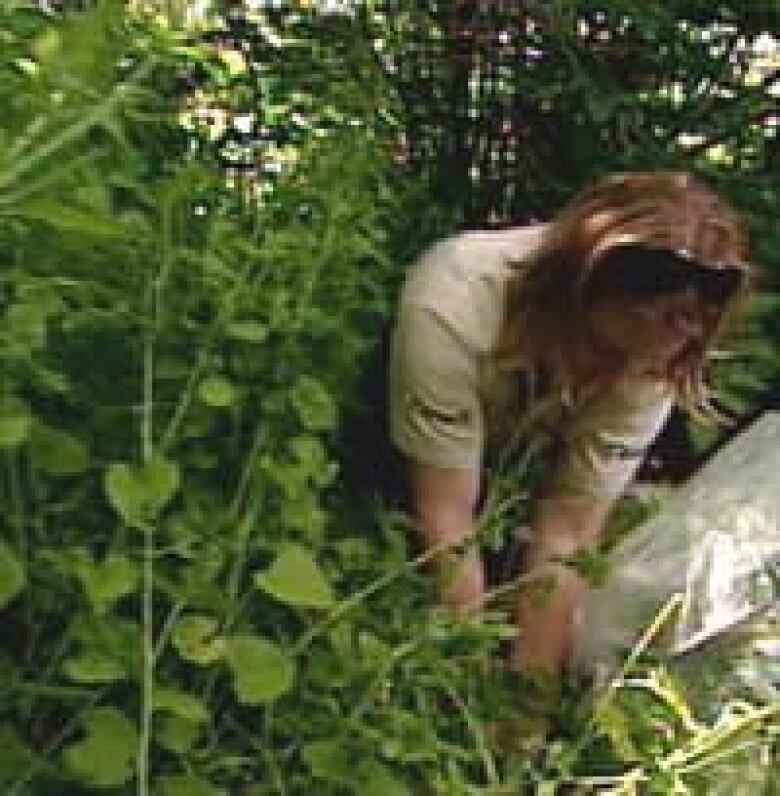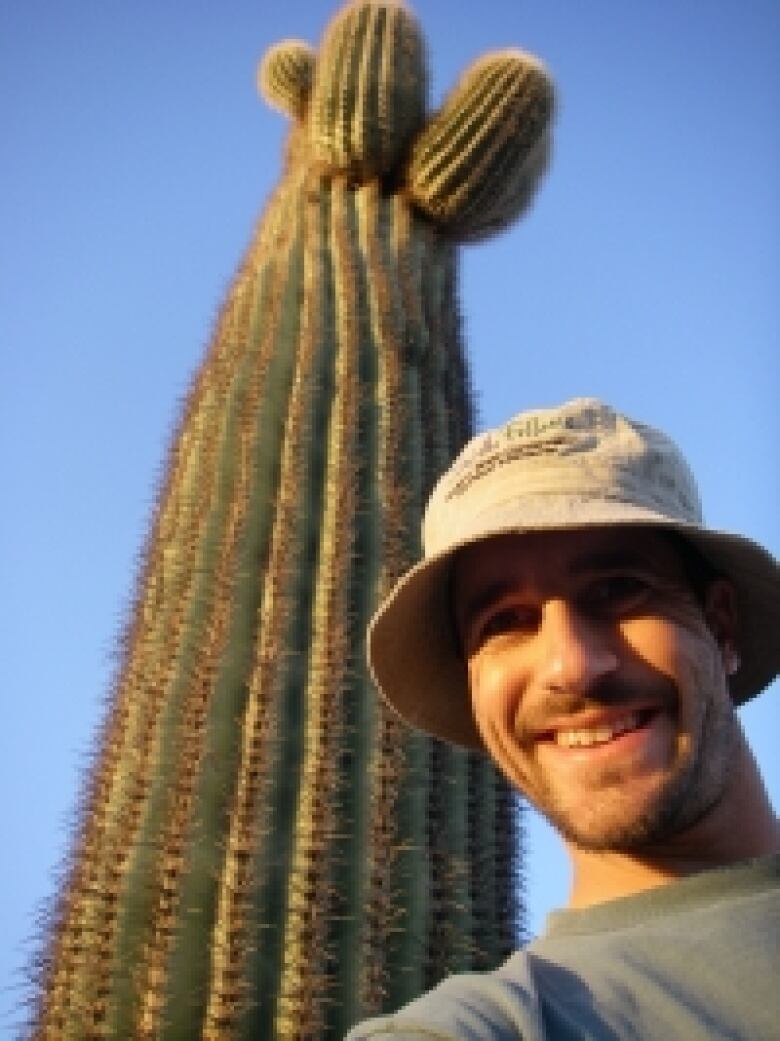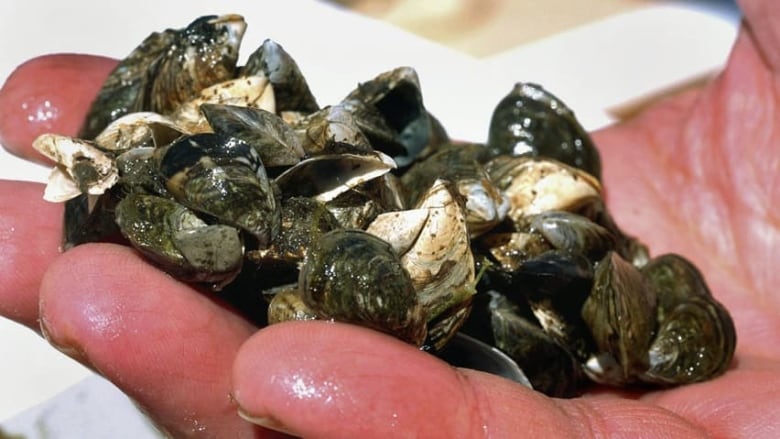Conservationists debate 'invasive species' vs. 'non-native' labels
Non-native species like bees may be beneficial immigrants, while others can be harmful invaders

The term "invaders" doesn't quite conjure up feelings of welcome or belonging. But some biologists are trying to change the perception of biological invaders and instead want us tothink of them as migrants searching for the right place to live.
CBC Radio science columnist Torah Kachur looks at the debate about how we viewso-called invasive species.
What's the concern about invasive species?
It's mostly because there are several high-profile horror stories out there. Take, for example, rabbits in Australia.In the 1800s, rabbits were introduced to the island continentand quickly managed to cause millions of dollars of damage to crops. Theycausedextinction of native plant life and ateso many plants that the soil started to erode.
In the 1950s, officials introduced a virusto kill the rabbits. Itdid successfully reduce the population, but rabbits arestill a major concern for nature in Australia.
Zika is another invader it's aninvasive virus, and we all know the terror it has induced across the Americas.

Garlic mustard is an invasive plant found coast-to-coast in Canada that's spreading fast expanding across roughly6,400 square kilometresper year, according to the Nature Conservancy of Canada.
This plant quickly takes over ecosystems, disrupting butterfly migrations and reducing growth of native plants like sugar maples.
What's the current debate around invasive species?
There's a movement happening in some circles of ecologists who thinkmaybe we should re-brand invasive specieswhich soundvery unwelcomeinto just non-native species.
That idea was covered in a 2011 essay in Nature, for example, and in a 2014 book by ecologist Ken Thompson calledWhere Do Camels Belong?Why Invasive Species Aren't All Bad.
- Battling invasive species can be a mistake, ecologist says
- Listen to interview with Ken Thompson on Quirks & Quarks
The idea is to think of them more like immigrants to a new ecosystem which may cause disruption, ormay fit right in.In fact, they may provide a benefit.
Every native species was an invader at one point.The honey bee is acrucial pollinatorthat's absolutely essential to the health of our crops. But it was, in fact, an invasive species not that long ago. Honey bees were brought to North America by European settlers around 400 years ago for honey and wax. It turns out they were a perfect fit for our crops and climate,and now they are an essential part of pollination.
Some non-native species are particularly good at growing in areas that have been disrupted by the worst invasive species on the planet humans. The eucalyptus tree, for example, may grow where no native species is suitedanymore.
So for all the stories of the dangers of invasive species, there are stories ofnon-native species that fit right into the ecosystem, providing importantdiversity in different habitats.
How do researchers know if an invasive species will fit in, or not?
That's the hard part, says University of Washington conservation biologistJulian Olden.
"The paradigm is usually 'guilty until proven innocent' for non-natives," he said.
"So we try to use kind of short-cut, risk assessment approaches to determining whether something is likely to become invasive. So there are certain characteristics or traits of speciesthat might pre-dispose them to be highly invasive. And we try to screen and use those traits to determine when something will ultimately turn bad."
Those kinds of traits would be lack of predators, a rapid lifecycle, or non-seasonal reproductive times.
How controversial is this approach to non-native species?

Moreimportantly, it comes down to whethersomething is labelled as "non-native" or "invasive." The labeldepends on your perspective, and what you value, says Julian Olden.
"For example, zebra and quaggamussels filter out vast amounts of water and make murky water clear," he said. "And clear water is valued by a lot of people who live on shorelines of lakes."
But the musselsalso reproduce quickly, andfilter outfood that is necessary forother organisms to survive such as fish that people who live along lakes catch and eat.
"So there's competing values in our ecosystems, and non-native species often have different effects on those differentvalues," said Olden.
That's the grey area where scientists really don't like to be what value system do we place onzebra and quagga mussels? Do we consider theminvasive, or just non-native and potentially even beneficial?
What difference does the 'non-native' vs. 'invasive' label make?
It actually makes quite a big difference when it comes to management.Just the terms "invasive" or "invader" imply the speciesshould be stopped. "Non-native," though,is just a migrant into a new habitat.In other words, a simple label could drastically change the outcome to the species in question.
Specieslike the zebra and quagga musselsare considered to be invasive and a lotof money is spent trying to eradicate them from the lakes and streams across Canada.

This is what is happening to the wattle-necked softshell turtles they're native to China, and they are endangered. But on the Hawaiian island of Kauai, they are considered invasive. So do we try and eradicate them from Kauai and potentially doomthe entire species?
That was the topic of a recent paperin Conservation Biology. The authorsdidn't really come to a conclusion, but these kind of questions are hardly black-and-white.
In the end, the debate will continue about what to do about invasive species if anything.
In the meantime,the prudent management decision from the public's point of view is to keep nature in the balance it has found for itself and don't mess with it. That meansmakingsure you aren't transporting zebra mussels on watercraft between lakes, and pulling garlic mustard when you see it.
The wait-and-see approach on the impact of a new species should be left to the experts.












_(720p).jpg)


 OFFICIAL HD MUSIC VIDEO.jpg)
.jpg)



























































































